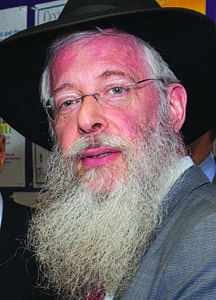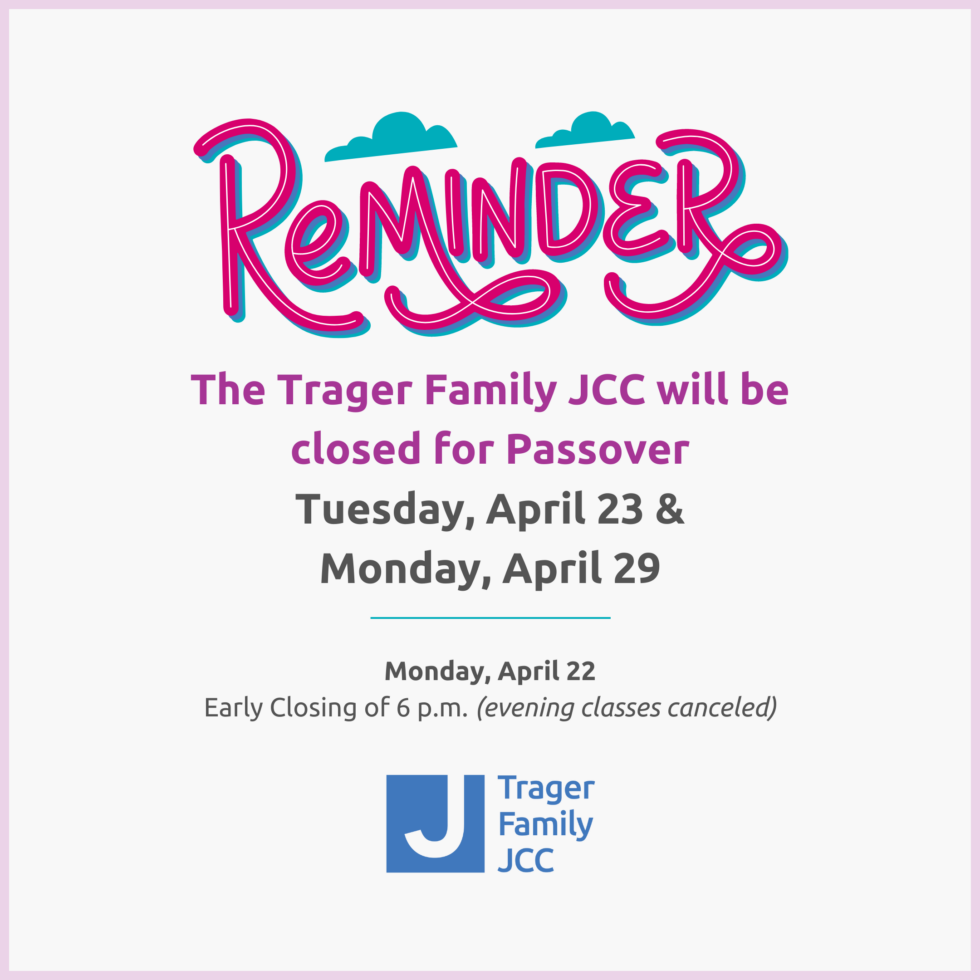The holiest day of the year is Yom Kippur, which is known in the Bible as Yom HaKipurim. The happiest day of the year is Purim, which is coming up in just a few days on Wednesday night, February 28, and Thursday, March 1.
The names of these festivals are quite similar. Yom HaKipurim can be literally translated as “Yom” – a day, “Ki” – like “Purim” – the Festival of Purim, as if to say that the great day of Yom Kippur is somehow like, but not quite as great as, the even greater holiday of holiday of Purim.
How can this be?
Everyone knows that Yom Kippur is a major day on the Jewish calendar. It is the day that Jews resolve to be better. With those resolutions, we hope G-d will forgive any sins we may have committed and bless us for a good and sweet year.
But when G-d saved the people of Israel in the Purim story, the Jews were estranged. They had sinned. They were not in a holy state. Yet G-d still saved them and turned their sadness into joy and gladness.
Purim is, indeed, a major holiday. It shows us the eternal lesson that G-d is connected to us and loves us and will protect us and provide for us, not just based on our individual actions, but because of our innate connection and bond to him.
How does one celebrate so awesome a day? A few key ways were ordained by the sages. The first is to listen to the miraculous story. Head to your synagogue, temple or Chabad center and hear the whole Megillah. The story is traditionally read both Wednesday evening and Thursday morning. When Haman’s name is mentioned in the reading, children twirl graggers (noisemakers) and adults stamp their feet to eradicate his evil name.
Purim is about friendship and community. Therefore, another tradition is to share at least two different ready-to-eat food items and/or beverages to at least one Jewish acquaintance during the daylight hours of this festival. Purim is also about caring. For this reason, we remember the needy by giving charity to at least two needy people during the daylight hours of Purim. If you don’t meet any poor people, place at least two coins in a charity box for those who are less fortunate.
Purim is about sharing your joy. During the daylight hours of Purim, people gather with friends and family for a feast with wine. They sing, laugh, have fun together. Traditionally, the Purim feast lasts well into the evening.
Regarding the question of Purim being a minor or major holiday, the sages of the Kabalah write, what Yom Kippur can accomplish only through fasting and afflicting the body, Purim can accomplish with food, wine and joy. In this context, Purim is even greater than Yom Kippur.
The commentaries point to another element that these two days share, albeit in inverted order. The fast of Yom Kippur is preceded by a mitzvah to eat and drink. Purim begins with a fast, which is followed by a mitzvah to eat and drink.
The sages draw allusion to each of the festivals, such as showing the connection from Purim to Pesach, for on both we emerged from bondage to freedom. Purim is also compared to Rosh Hashanah, for the books of the living and the dead were opened and awaiting G-d’s judgment on both of those days.
Indeed, Purim is a great day with major significance and the happiest day of the Jewish calendar. Happy Purim to one and all.
(Rabbi Avrohom Litvin is the regional director of Chabad of Kentucky.)




